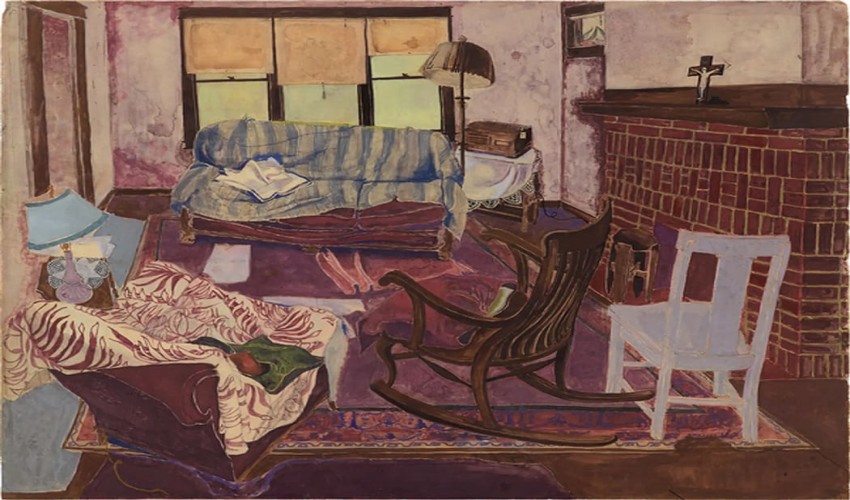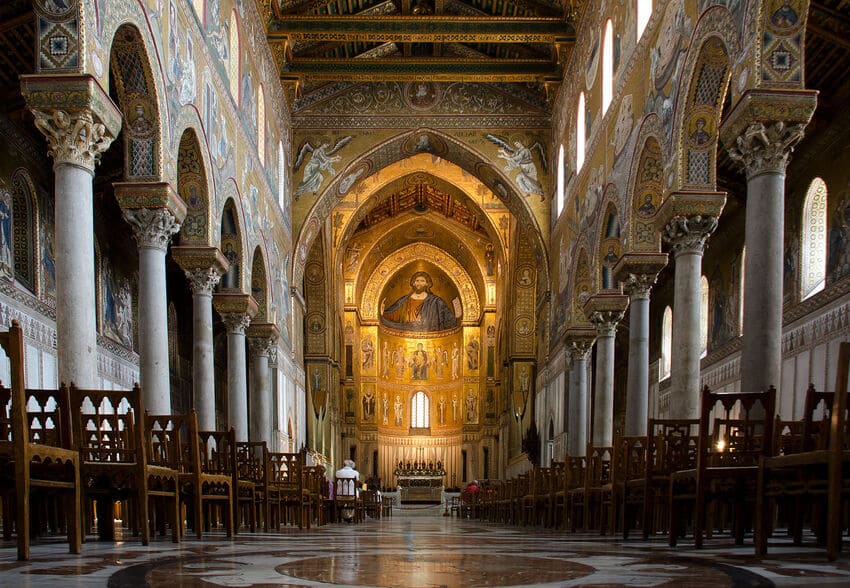
How does the market evaluate the work of name-brand blue-chip artists considered to be "juvenile"? The identities of these two early Warhol artworks are going to be revealed.
- Rating
- painting
- art
- warhol
- artist
- nosepicker
- exhibition
It is quite unusual for an artist to reach their peak performance so early on in their career. Before creating what we now regard to be their mature styles, the majority of them dabble with a variety of genres and techniques. Before going on to pop art, Lichtenstein experimented with abstract expressionism while Mondrian began his career painting landscapes. How do we, as a society, and how does the market evaluate the early works of great artists?
Living Room and Nosepicker I are two examples of such works by Andy Warhol, and they are both going to be featured in an auction of contemporary art that will take place at Phillips in New York City on November 15. The sale will take place on the 15th. The works were painted in 1948 when Warhol was a commercial art student at the Carnegie Institute of Technology in Pittsburgh. They have no resemblance to the flat, magazine advertisements that one associates with the Pop Art movement, which Warhol helped pioneer in the 1960s. Warhol was only 20 years old when he painted these works. The picture, which has the full title of "Nosepicker I: Why Pick on Me (The Broad Gave Me My Face But I Can Pick My Own Nose)," has the appearance of an Expressionist piece created by an artist such as George Grosz or Willem de Kooning.
There is no room for doubt that Warhol is the artist behind the pieces. Both pieces are ascribed to "Andy Warhol" rather than Andy Warhola, which was the artist's surname at the time; they were on long-term loan to the Andy Warhol Museum in Pittsburgh prior to being committed to Phillips by the artist's nephew James Warhola.
The price range for Nosepicker I is expected to be between $300,000 and $500,000, whilst the price range for Living Room is between $250,000 and $450,000. These prices are a significant amount lower than the Warhol market's all-time high, which was established in May at Christie's New York with the sale of Shot Safe Blue Marilyn for $195 million (with fees). Nevertheless, they are a significant step above the work done by the majority of art students who are 20 years old.
According to Robert Manley, deputy chairman and co-director of the 20th century and contemporary art department at Phillips, the paintings do not mirror the common conception that we have of Warhol's style, but they do have "historical importance" and "document the progression of the post-war era." He sees parallels between the works and those of other artists whose careers predate Warhol's and who are, perhaps, more revered than Warhol himself. Some people have said that Living Room is similar to Vincent Van Gogh's painting The Bedroom. You can see the imprint of 20th-century giants who were working alongside Warhol, such as Paul Klee, all the way to Nosepicker I. Masters such as Jean Dubuffet, for example, had a significant impact on the artist.
The very first works produced by artists are not nearly as uncommon as one would think at exhibition spaces or auction houses, and they may occasionally fetch large sums. For example, four drawings by Constable created when he was 17 years old were presented at Sotheby's London in the year 2020. When they were sold, their prices greatly beyond their projections. It was predicted that the complete book, which contained the drawings, would sell for between $24,000 and $28,000. The album was retained in its entirety by a family that was married into the Constable family. However, just one of the pieces, titled "A Rural Landscape" (1794), sold for £187,000 in total (with fees).
An associate curator at the Metropolitan Museum of Art named Stephanie Herdrich referred to some of John Singer Sargent's works on paper as "juvenlia." Juvenlia is defined as "art created before artists received formal art training," which in the case of Sargent means before 1874, when he arrived in Paris. The Metropolitan Museum of Art has a large collection of works on paper by John Singer Sargent. She calls Sargent "precocious" and says that the museum puts some of this juvenilia on exhibit "quite often." She also says that the drawings "provoke awe and amazement at what he was able to do at such a young age."
Sometimes the quality of the student work produced by artists who went on to have successful careers is questionable. Authenticating juvenilia and the work of students may be a challenging and time-consuming endeavour. The works may not have a signature on them, or their styles could be unusual. Debra Force, an art dealer in the United States, wonders aloud, "How can you differentiate the work of one student from another, and what if they switched works?" There are occasions when a work that was created in a studio class ends up in a gallery or auction house, which raises the issue of whether or not this specific artist was the one who drew or painted it. But even if there is evidence that this is the work of a certain artist, does the fact that it was created by that artist give it any significance beyond the artist's name? If the name Warhol wasn't tied to the image, would a prominent auction house give it an estimate of half a million dollars when it showed a youngster with his finger up his nose?
Leave a Reply
Your email address will not be published. Required fields are marked *


